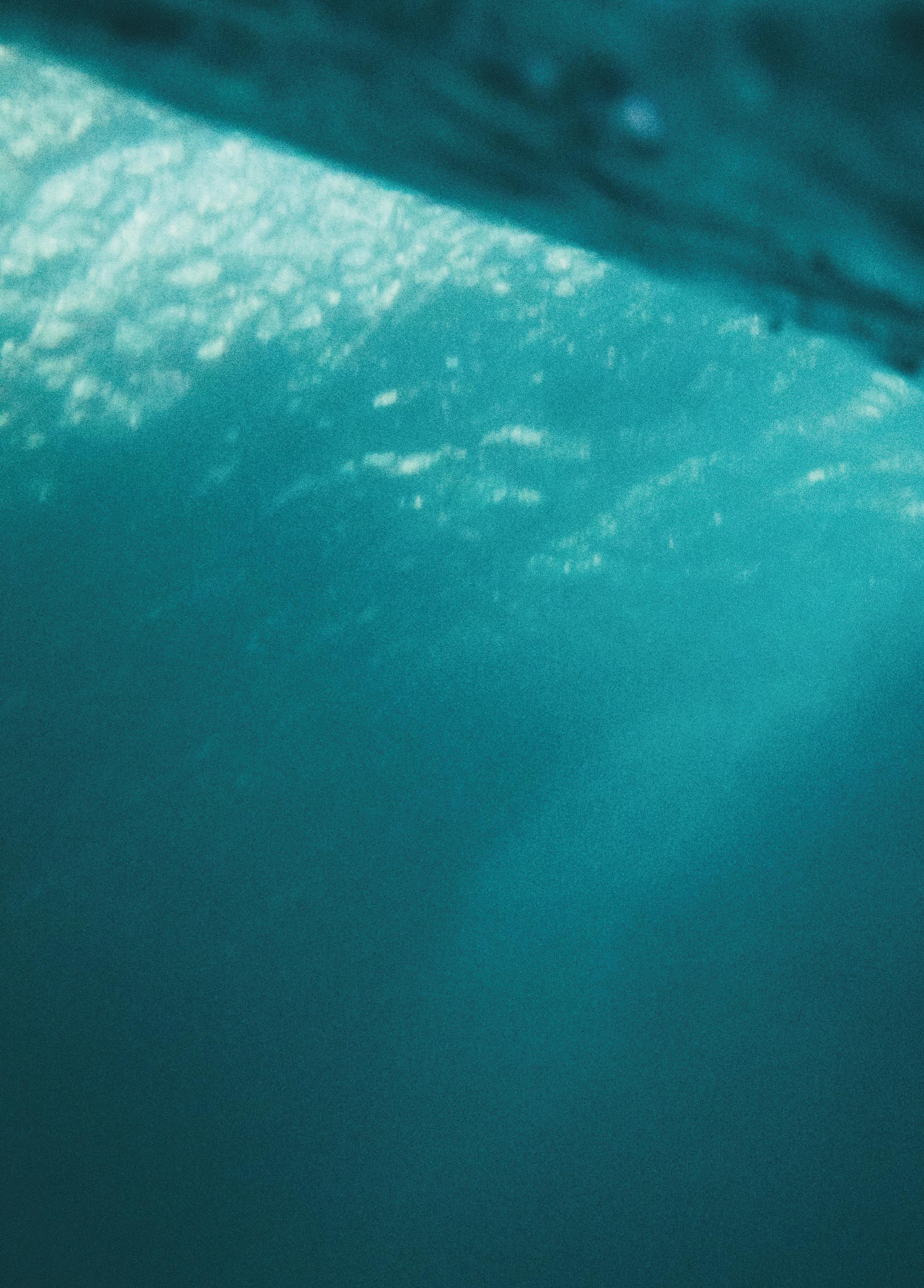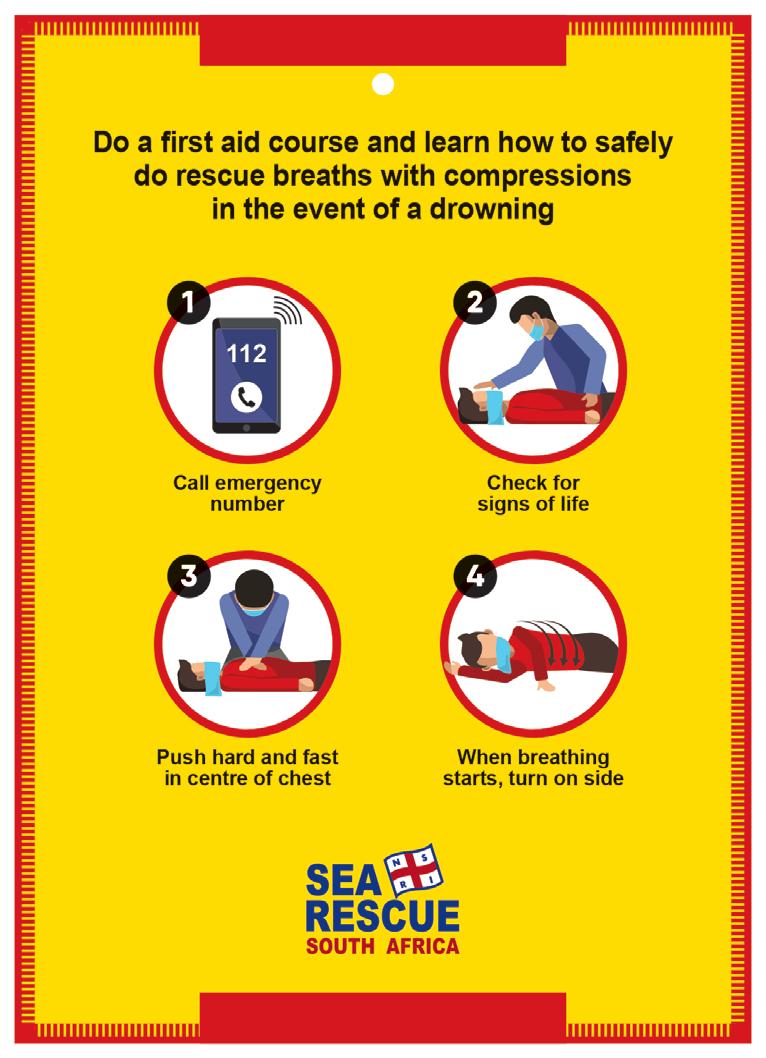
3 minute read
DROWNING IS SILENT
Following a surge in fatal drownings during the middle of February, we’re once again urging members of the public to please take care in or near water, and ask that caregivers and parents keep an eye on children at the beach, at dams and rivers, and at home.
ACCORDING TO STATISTICS SOUTH Africa, fatal drowning is the fifth leading cause of unintentional death in the country, with an estimated 600 children affected each year. Many of these fatal drownings could be prevented if there was a responsible, able-bodied person watching the children when they were in or near water, and if they were able to recognise the signs of drowning.
Drowning is silent. It’s not what you see in the movies. There’s no waving of arms or cries for help. It’s a sobering reality that someone may drown in plain sight, sinking below the water’s surface within seconds. ‘When people are drowning, all of their energy is going into trying to breathe and staying above water,’ says NSRI’s Head of Water Safety, Andrew Ingram. ‘They are not yelling for help or waving their hands around. Drowning is often quick and totally silent.’
Another sobering reality is that most fatal drownings affecting children under the age of five occur at or near the home. Washing basins, baths and swimming pools are danger zones where small children should never be allowed unsupervised. Older children should also be reminded of the dangers they face near water and should be discouraged from swimming at beaches, dams and rivers if there are no lifeguards on duty to help them if they get into trouble.
Select a Swimming Monitor
We’ve developed an ‘On Duty Swimming Monitor’ tag to avoid confusion as to who should be watching the children while they swim. Print it out, laminate it and add a lanyard. The person who is on duty should do nothing else except watch the children in or near the water. The tag should then be passed to another responsible adult after half an hour.
‘The priority is to have somebody dedicated to physically watching those who are swimming, not distracted by their phone or conversations with others. Taking your eyes off children, even for a few seconds, can be fatal,’ Andrew cautions.
Download the Swimming Monitor tag at https://bit.ly/30wizli.
Be aware of the signs of drowning
Drowning can occur in seconds, Andrew warns, so ‘a more widespread understanding of what a person experiencing swimming distress looks like would help to save lives’.
Here are the seven warning signs that someone is drowning:
1. The person struggles to keep their face above the water in an effort to breathe – their head is low in the water, tilted back and the mouth is at water level.
2. Their body is in a vertical or upright position. There is no supportive kicking and it appears as if they are bobbing.
3. The person’s arms are extended to the side, pressing down for support.
4. They may continue to struggle underwater but don’t make any headway, often facing the nearest point of safety, for example land, a person, shallow water, a buoyant support toy or a boat.
5. Their eyes will be panicked or wide, appearing big, glassy and empty, and unable to focus.
6. The person is incapable of responding to the question ‘Are you okay?’
7. Silence


KNOW WHAT TO DO IN AN EMERGENCY
Call 112 from your cellphone or 10177 from a landline.
After you’ve called for help, please begin bystander CPR. Step-by-step instructions on how to perform Covid-19-safe CPR is provided on the back of the Swimming Monitor tag. Go to https://bit. ly/30wizli to download the Swimming Monitor tag.










